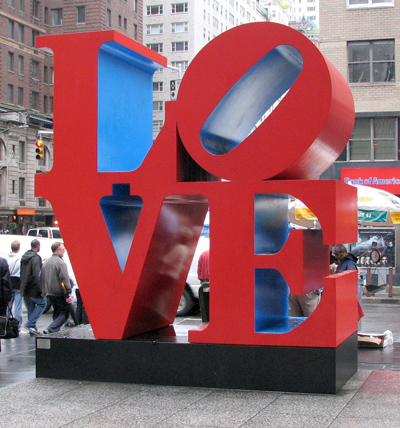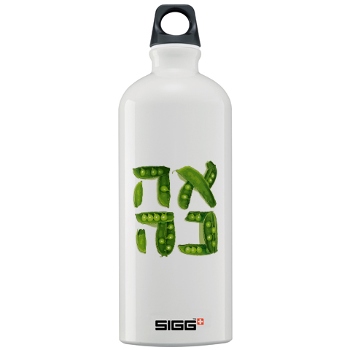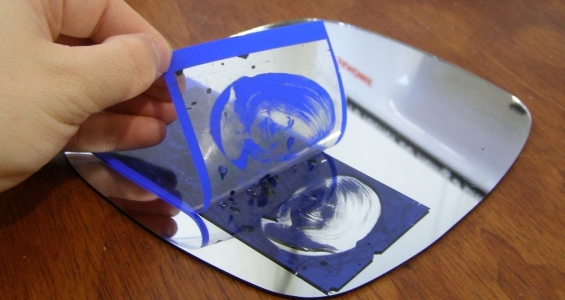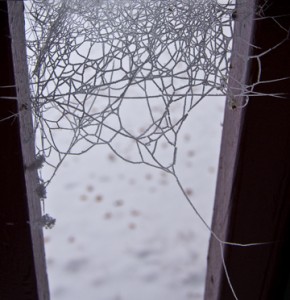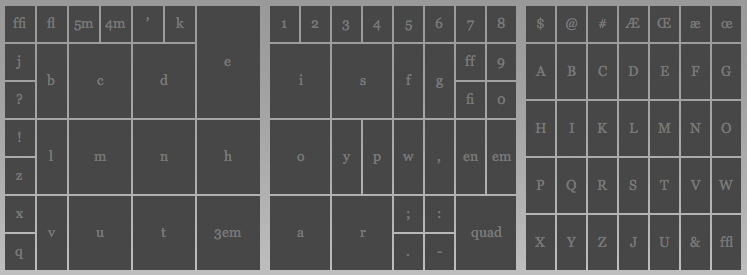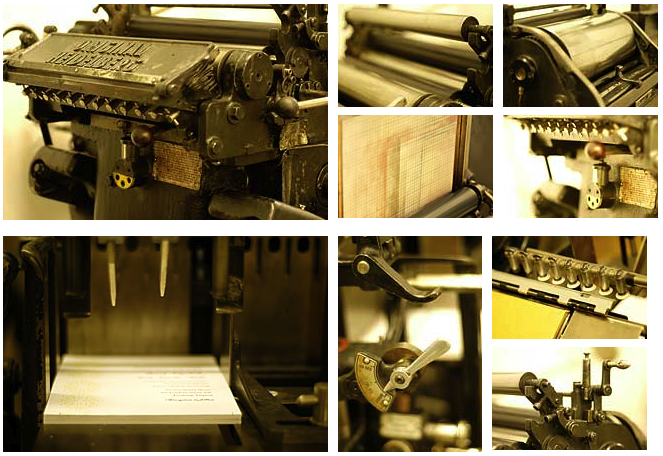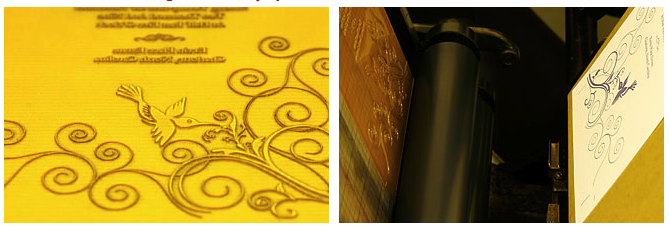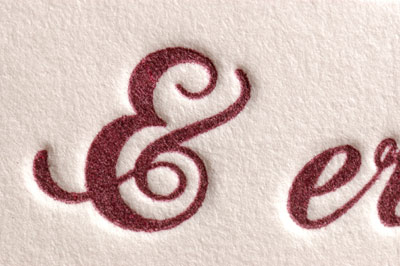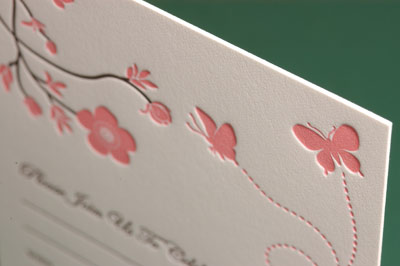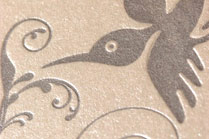This article originally published on Coroflot makes some good points about portfolios. Although the firm sited is an industrial design firm, many points hold true for all design disciplines.
Brooklyn-based Pensa Design is sort of an archetype of the ideal small product design studio. They take on a broad range of projects, from medical devices and thermometers to umbrellas and kitchen gadgets, they do much of their own prototyping and technology development, and they’ve got an incredibly cool office under the Manhattan Bridge. Consequently, they get inundated with portfolios from hopeful designers from across the globe.
Much of the responsibility for sorting through these documents falls to co-founder Jim Best, who has formed some pretty strong opinions about what a good one looks like since he helped start Pensa in 2005. Luckily for us, Jim agreed to summarize his thoughts on the matter, giving us a succinct and very actionable set of guidelines. Although focused mostly on Industrial Design portfolios, nearly all of the suggestions apply across a wider range of disciplines.
A portfolio doesn’t speak for itself: Tips for presenting you, the designer
Competition for getting a new job is getting tougher every day. As a prospective employer, I’ve found that it’s easy to weed out design candidates who don’t show a grasp of basic skills, but frustrating and difficult to tell the difference between an incapable candidate, and one who just isn’t communicating well. This is where good talent gets passed over. There’s not much time in an interview situation for everyone to really get to know each other and imagine the possibilities of working together; because time is tight, you need to be organized and communicate clearly.
Our projects at Pensa span everything from designing the next cool cell phone to strategizing an innovation pipeline for a global brand. Assembling small powerhouse teams is key for a consultancy’s success, so we look for candidates who are at the top of their game, ready to hit the ground running. I know that great talent is out there. For me, it’s a matter of finding it; for you, a matter of communicating it.
Over the years, I’ve identified a few specific factors that separate a successful candidate from one who gets passed over. So below are some tips for presenting your work, yourself, and making a portfolio that will show off your skills and talent. Hopefully this will help tip the scales in your favor, and get you one step closer to the job you want and deserve.
1. Choose wisely. Your portfolio is only as good as the work you put in it. Choose your best projects, and start with something that’s going to grab the viewer’s attention. Potential employers flip through numerous portfolios every week and spend just seconds glancing at pages to evaluate work. So put your best foot forward.
Avoid repetition and redundancy. For example, don’t present 100 sketches when 3 good ones will do. Also, not every project has to be a full blown case study; choose the best one or two, and then select the best aspects of the remaining projects to show off specific design skills.
2. Keep it relevant. Your portfolio is not only about showing your best work, but what’s relevant to the position you are applying for. I still get portfolios with drawings of horses and landscapes. Why? No matter how good the drawings are, they don’t tell me anything about how you think and your ability to design. Relevance resonates, and therefore makes a lasting impression.
3. Use your portfolio to tell a story. And every great story has an arc. In my view, portfolios ought to use each project as an opportunity to highlight a specific skill; for example, your design thinking, your knowledge of the design process, your ability to tackle a range of problems, your ability to sketch, develop forms, create meaningful interactions, etc. If organized in this way your portfolio becomes more than a collection of projects, it tells a story about you, your design sensibilities, technical skills, how you convey your ideas and what makes you a great candidate for the job.
4.Keep it simple. Don’t detract from the quality of your work with gratuitous graphics. A simple, elegant, and consistent layout will showcase your work the best. Let your work speak for itself.
5. Show me you can think. Recent grads have trouble talking about their work, their process and how they think. I’m interested in how you solve design problems and how you demonstrate your thinking. I want to see how you connect the dots and how this leads you to a solution. When discussing your design projects, be sure to illustrate your ability to:
a. Define the problem: for every project clearly state the objective and how you set up the design problem
b. Learn and be insightful: Show me how you gather, analyze and synthesize information; how you identify opportunities and insights that inspire your work. Did you research users, their behaviors, perceptions, motivations, interactions, the social cultural context, competitive context, emerging technologies, inspiring and relevant objects? How did you develop your point of view?
c. Create a great design solution: We want to see your ability to create forms, iterate, test, learn and refine until you’ve found an answer that is compelling and resolved.
d. Utilize the right design tools: Sketching, model making, CAD
e. Communicate your results: Don’t just tell me its good, show me why. Show me how you solved the problem, and how your design connects back to your insights. Your ability to demonstrate this is the cost of entry, don’t mess this up.
6. Show me the basics. Entry and mid level designers need to demonstrate their mastery of the fundamentals of form. Telling me you have an intuitive sense of how to resolve form is not good enough — it tells me your technique is hit or miss at best. It is important to be able to articulate how you know when something looks good, well resolved and/or how you made a form decision. Throughout the design process designs are always in flux, and in need of new directions, development, refinement, etc. Designers need to be able to articulate why and how something needs to be changed. To understand what I mean here, start by picking up a book like Elements of Design, a discussion of Rowena Reed Kostellow’s methods for breaking down visual relationships.
7. Get inspired and get feedback. Look to your colleagues and peers, thumb through portfolios online, talk about your work and listen to others talk about theirs. These interactions and feedback will improve your portfolio and your presentation.
8. Meet the criteria. Understand the requirements for the position advertised, research the company that you are applying to, know yourself, and your abilities. Too often I see resumes that don’t meet bottom line criteria. Depending on the position involved, here is what I expect from applicants:
a. Entry level: Well-rounded skills, show strong grasp of fundamentals, can sketch, make models, know Adobe Suite and has knowledge of 3D CAD
b. Mid Level: Know the above and can help develop vision for a project
c. Senior Level: All the above, lead vision and can manage teams and clients
9. Get to the point. In my experience a long cover letter can hinder you; make it a non-issue and keep it short. Introduce yourself, why you’re writing, and a sentence or two about what makes you an interesting candidate. Anything over a short paragraph or a few sentences is a waste, and it may even stop me from continuing on to your portfolio and resume.
10. Send a summary of your work. Just about every inquiry for job comes through email these days. Always attach a summary of your portfolio or send a link to your work with your cover letter and resume. Do not say that your work can be viewed by request only, or the email will likely be dragged into the trash. Hint: we ALWAYS look at your work first, then, if it’s good, we’ll look at your CV or resume.
11. Understand the medium. Are you presenting the work, or is it traveling by itself? Is it on screen, animated web page, or printed on gloss paper? You will need to consider your layout depending on how the work is being shown. For example, we won’t read lengthy paragraphs on printed portfolios — those stories are often better told in an interview. An animated graphic on a web page doesn’t present well on a static page. Think about the reader, the format, and the best way to make an impression.
12. Be confident and positive. I sometimes get candidates who are too cocky. If you show me a poor attitude, no matter how good your work is, you’re not worth the trouble. Others bash the last place they worked. This is a bad idea. Even if you didn’t like your last employer, emphasize the positive things you did while you were working there. I’m looking for curious self-starters who love to learn, and can work both on their own and within a dynamic team. I want candidates who know how to have a spirited debate, foster insightful thinking and charge an office culture with creativity.
It is exciting to interview a candidate that I know will be a great hire. Because I was able to get a clear sense of what they can do during the interview, I can immediately begin to imagine the best place to plug them in and get them started. I’m eager to see the solutions they will contribute and how their talent will inspire the creative dynamic across our team. It would be great to meet more of these candidates. I know they’re out there.
Good luck!
http://www.coroflot.com/creativeseeds/2009/08/guest_post_a_portfolio_doesnt.asp
